Forrestfield Airport Link
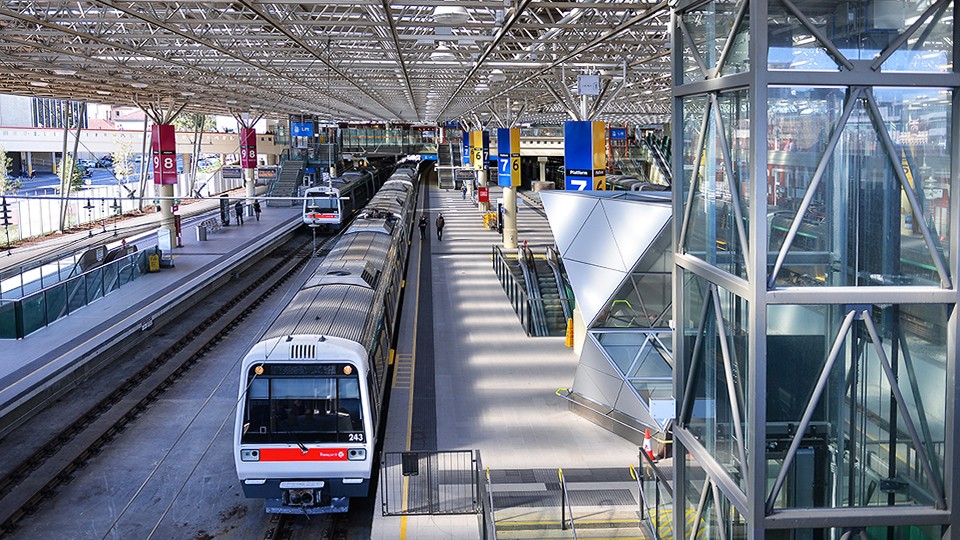
“The $1.86 billion Forrestfield-Airport Link is jointly funded by the Australian and Western Australian governments and will deliver a new rail service to the eastern suburbs of Perth – with three new stations at Belmont, Airport Central and Forrestfield.The rail link will connect with the existing Midland line near Bayswater Station and will run to […]
Tuberías inclinométricas autoalineables
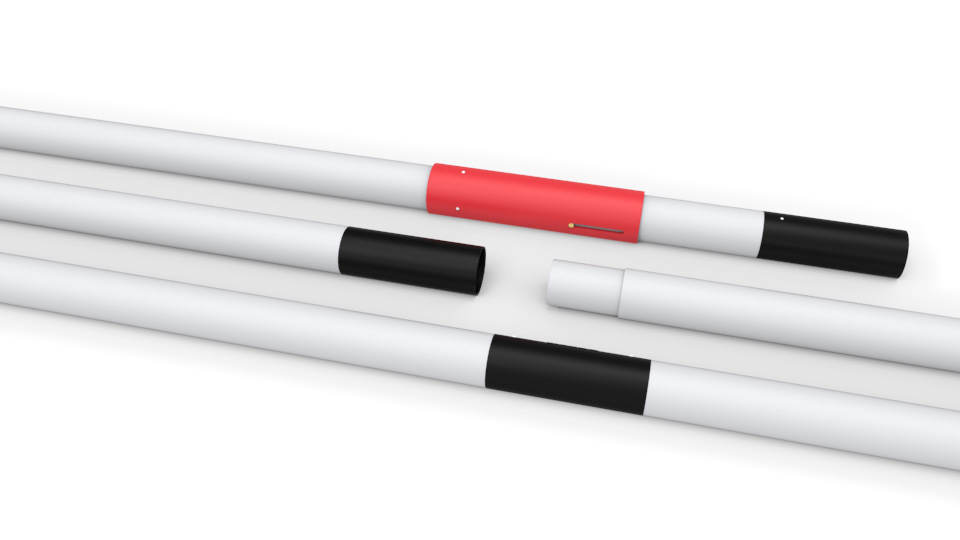
Códigos de referencia de los productos: S141 El tubo inclinómetro es un tubo ranurado especial, generalmente instalado en un pozo de sondeo, que se utiliza en conjunción con sistemas de inclinómetro para vigilar los movimientos horizontales del terreno. El tubo inclinometrico-Flush acoplado es un tubo especial ABS ranurado, mecanizado al final para tener un cruce […]
Rome Underground – Line C – Italy
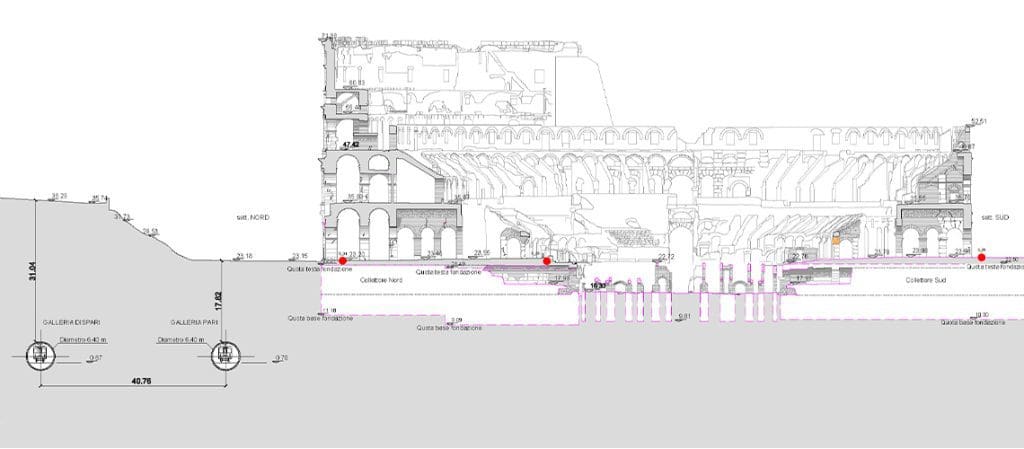
Rome metro Line C runs through the city from North-West (Della Vittoria district) to the eastern suburb and is extending beyond the Grande Raccordo Anulare.Line C has a full-run of 25,6 km and 30 stations, passing through the old town centre.The Route will be characterised by the green colour. The interchanges with the other metro […]
Avshar Hadimi Dam – Turkey

Avshar Hadimi Dam, Avshar Region, Turkey
The new Panama Canal
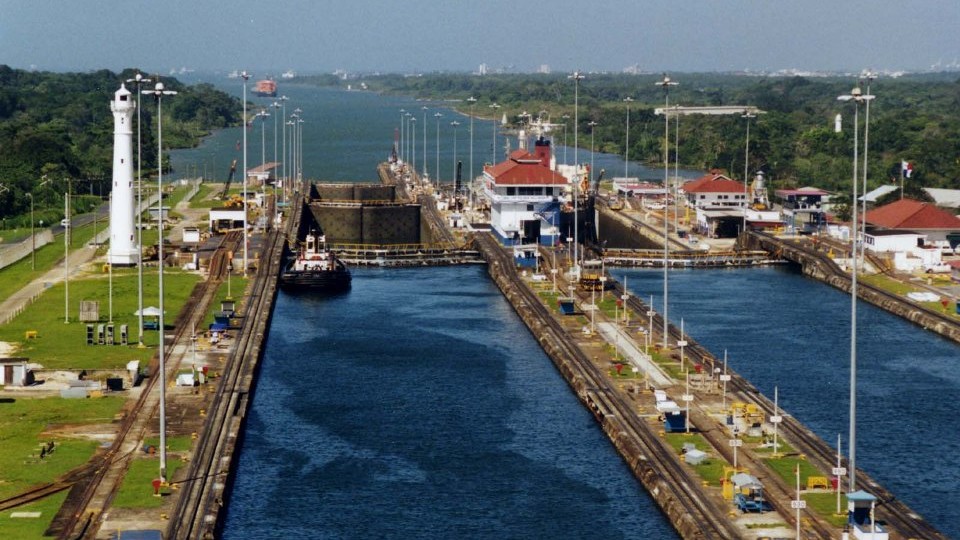
The project for the enlargement of the Panama Canal is nowadays considered one of the most important civil engineering works. The project includes the building of two new series of gates, on both the Pacific and the Atlantic side, to respond in a suitable and efficient way to the development of the maritime transportation industry. […]
Proyecto hidroeléctrico Sogamoso – Colombia
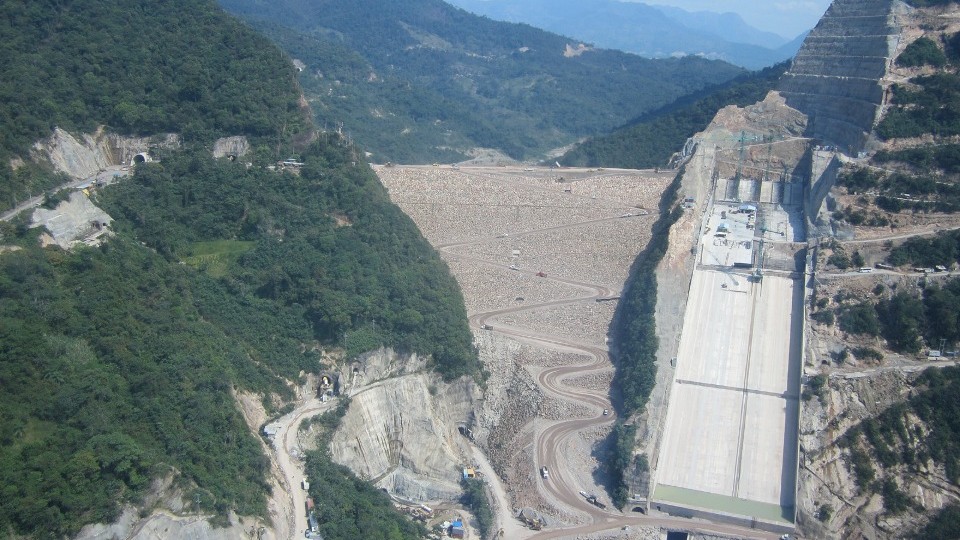
Sisgeo trabajó en el proyecto hidroeléctrico del río Sogamoso, a través de Monitoriza, empresa del grupo Sisgeo. Sisgeo suministró e instaló todos los equipos necesarios para este proyecto, situado en la zona noroccidental de Colombia, a unos 40 km de Bucaramanga. El proyecto consiste en la construcción de una presa de 190 m de altura […]
Monitoring works for the 2014 Sochi Winter Olympic Games – Russia
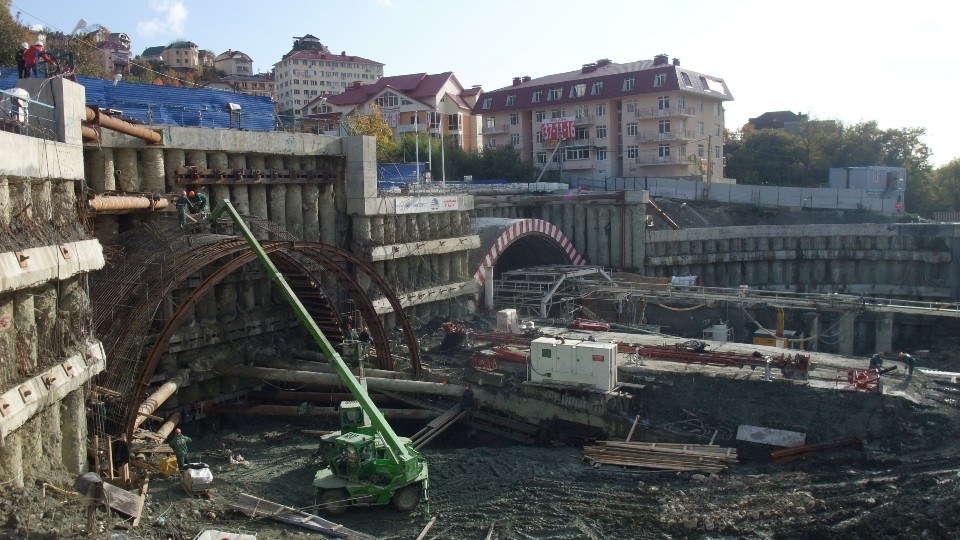
Sisgeo, thanks to the collaboration with its Russian partners AGT Systems and GPIKO, furnished and installed all the equipments necessary to monitor the most important road and railway works that are under construction in Sochi area, that is the neural centre of 2014 Winter Olympics.The monitored works are: retaining walls for the protection of roads, […]
Proyecto hidroeléctrico El Quimbo – Colombia
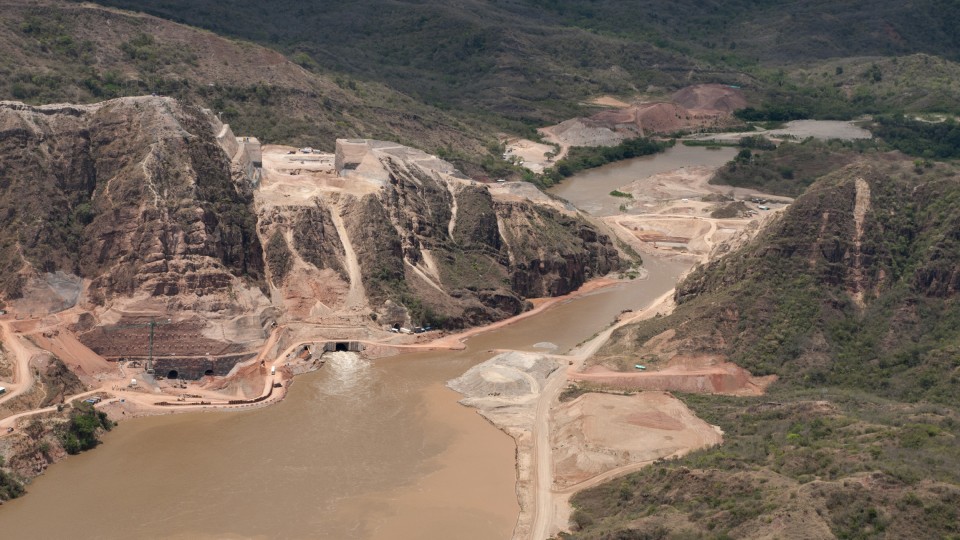
Impregilo está realizando en Colombia la central hidroeléctrica de El Quimbo sobre el río Magdalena (en la región de Huila), por cuenta de EMGESA, que es la mayor empresa eléctrica del país. El acuerdo asciende a unos 250 millones de euros. La central tendrá una capacidad instalada de 400 MW. El proyecto incluye la construcción […]
Molunghi landslide monitoring, Italy

Study and monitoring of Molunghi landslide The monitoring project of Molunghi landslide is the result of the cooperation between the Comune di Calice al Cornoviglio and the Road Department of La Spezia Province and it is began in consequence of the instability of both the provincial street and part of Monlunghi di Mezzo inhabitat during […]
FAQ #036 – ¿Cuál es la combinación adecuada para la lechada que cubre la tuberia inclinometrica?
No hay una relación exacta para cada tipo de suelo. Depende de muchos factores que podrían cambiar para cada situación geológica y geotécnica. De todos modos la lechada debe ser similar a la del suelo, incluso si no es realmente posible para que coincida con ambas características. La proporción aproximada cemento / agua / mezcla […]
FAQ #026 – ¿Qué podemos hacer cuando la tuberia inclinometrica «flota» durante la instalación?
Si el agua entre de la tuberia es más ligera que la lechada la fuerza de levantamiento de la lechada varía con la altura de la columna de la lechada. Si la columna es corta, la fuerza de elevación es baja y la tuberia puede ser mantenida en su lugar por su propio peso o […]
FAQ #023 – Para obtener mejores resultados con inclinómetro, ¿es necesario que el pozo este muy cerca de la vertical?
El pozo debe ser perforado lo más cercano a la vertical como sea posible, sin embargo 2.3 grados respecto a la vertical son normalmente aceptados en las especificaciones.








